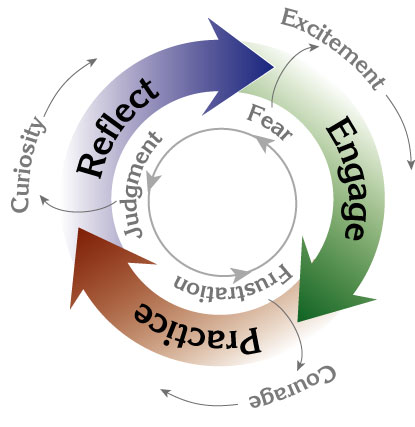The tragedy of the commons is a dilemma arising from the situation in which multiple individuals, acting independently and rationally consulting their own self-interest, will ultimately deplete a shared limited resource even when it is clear that it is not in anyone's long-term interest for this to happen. (from Wikipedia)
Friday, 1/18
Monday, 1/21
First 45 minutes. Please read the two sections of the personal solutions article below.
Is the Tragedy Inevitable
Table 1
Decide with your group of two or three how the following structures can be designated as a type of commons control:
- government rules,
- taxes,
- law enforcement,
- an entrance fee,
- a cooperative of farmers,
- economic sanctions,
- fences,
- an ID tag,
- designated hours for open and close
Give concrete examples of each and hand in.
======
Second 45 minutes
Second 45 minutes
Complete questions 1-12 for tomorrow, using the case study below. Each person should be ready to hand in individual work tomorrow.
==================



